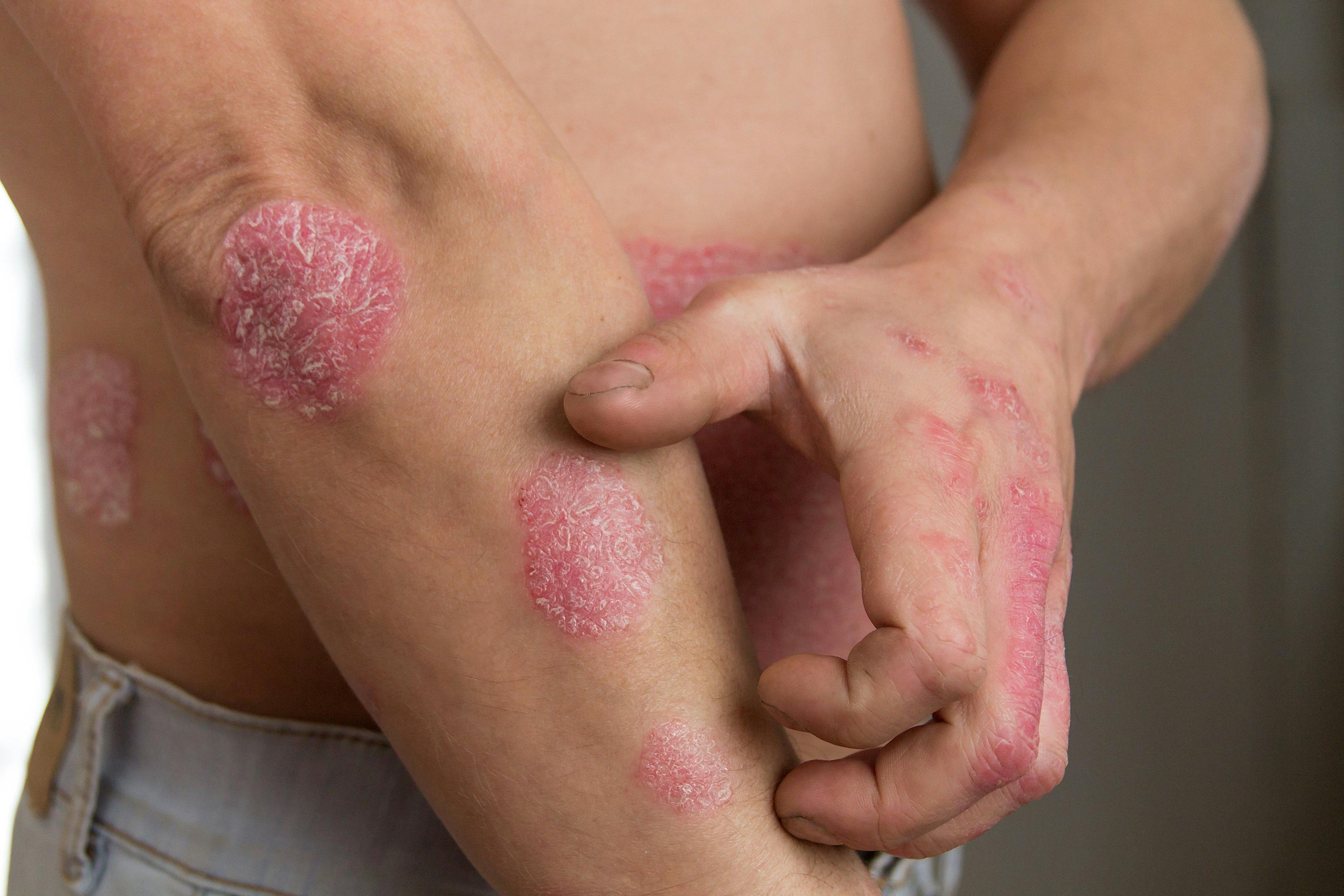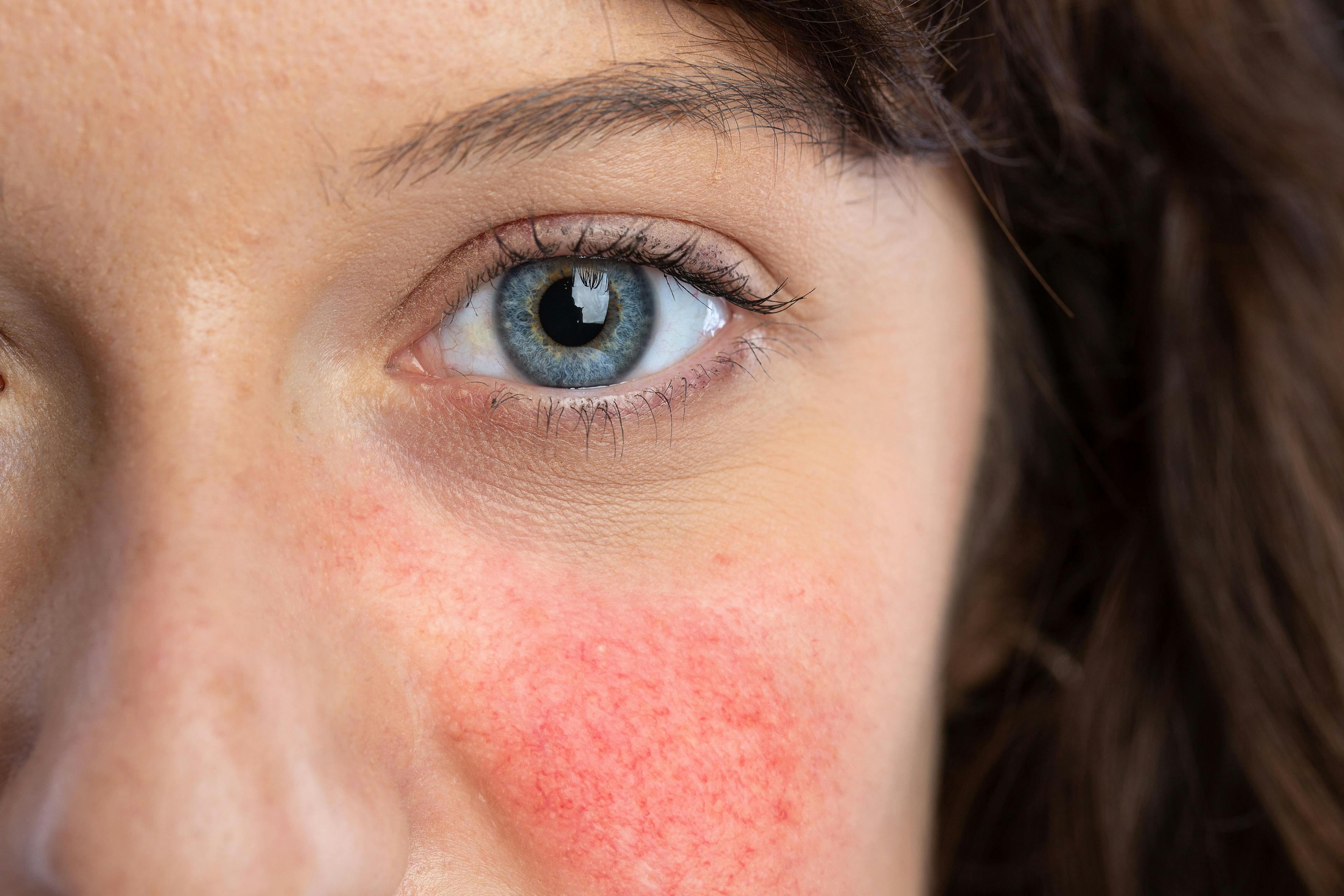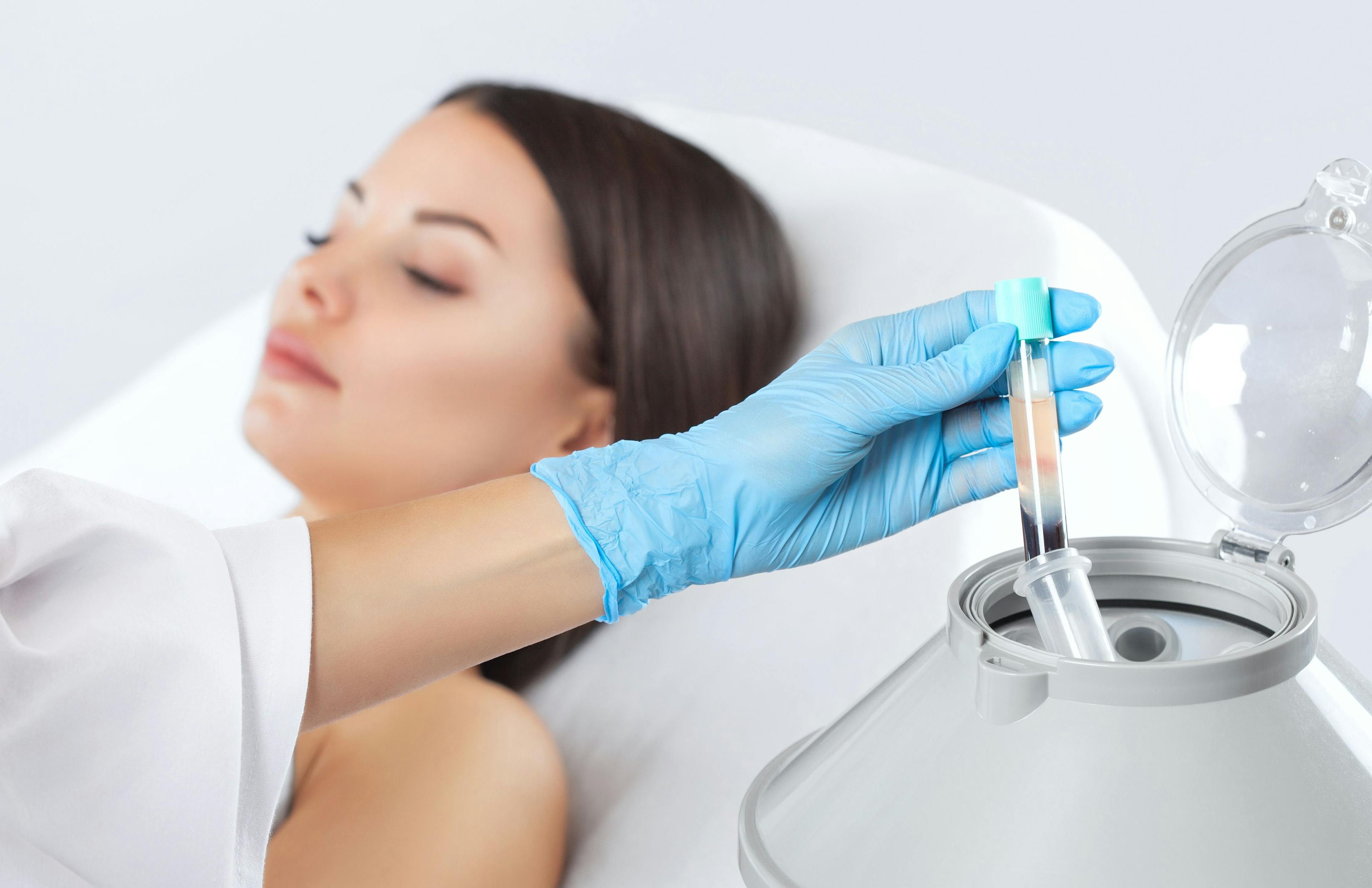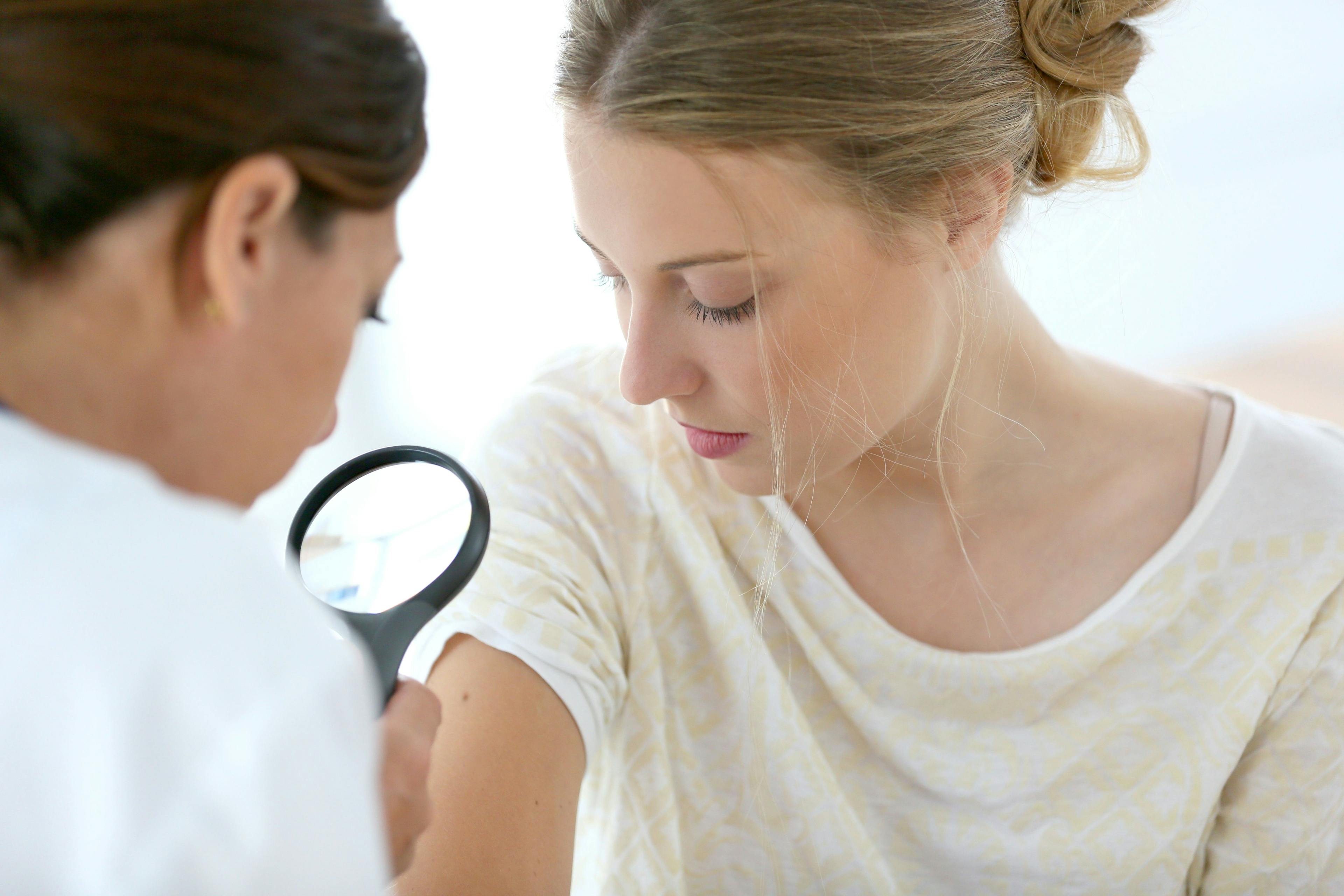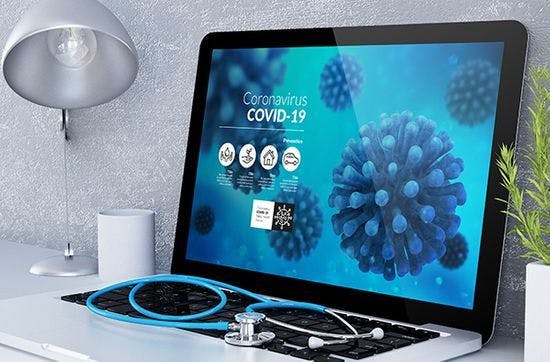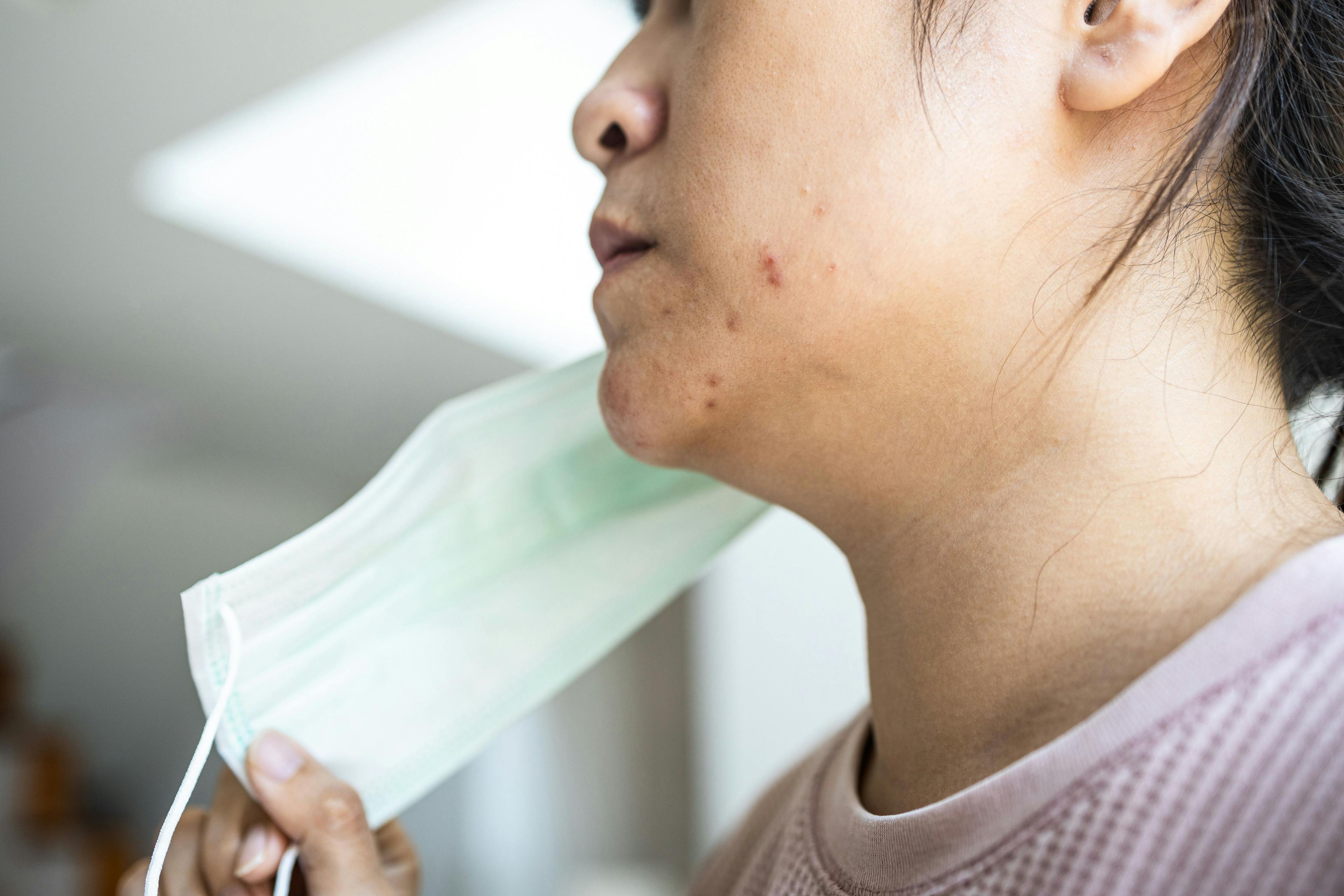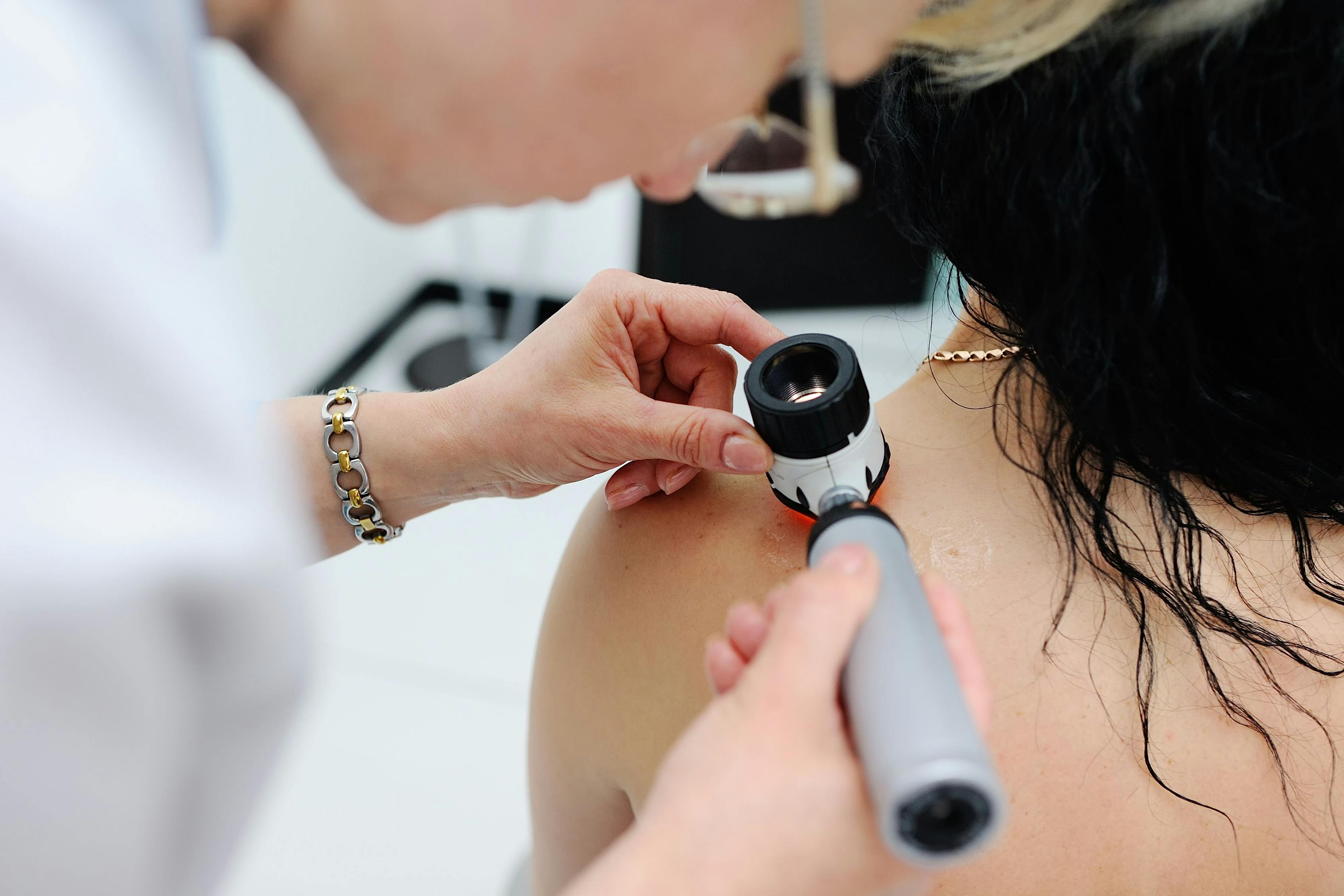- Acne
- Actinic Keratosis
- Aesthetics
- Alopecia
- Atopic Dermatitis
- Buy-and-Bill
- COVID-19
- Case-Based Roundtable
- Chronic Hand Eczema
- Chronic Spontaneous Urticaria
- Drug Watch
- Eczema
- General Dermatology
- Hidradenitis Suppurativa
- Melasma
- NP and PA
- Pediatric Dermatology
- Pigmentary Disorders
- Practice Management
- Precision Medicine and Biologics
- Prurigo Nodularis
- Psoriasis
- Psoriatic Arthritis
- Rare Disease
- Rosacea
- Skin Cancer
- Vitiligo
- Wound Care
Publication
Article
Dermatology Times
Top 20 trending stories of 2020
Author(s):
For 2020, trending topics can be summed up in one word: COVID-19. But, even during a pandemic, dermatologists and the medical community at large continued to research novel therapies and seek new solutions for providing the best possible patient care. Here, Dermatology Times tracks the most compelling topics of an unprecedented year.
The year 2020 was a rollercoaster ride from start to finish. From the onset of the COVID-19 pandemic to new safety protocols and a rise in the use of personal protective equipment (PPE), this year tested the will and dedication of health care workers to their industry—and most importantly—their patients.
Despite every challenge 2020 brought, the dermatology industry made major strides in advancing treatment options and improving patient care—from ground-breaking U.S. Food and Drug Administration (FDA) approvals to the latest top-line research and creation of revolutionary technology.
While COVID-19 may have been top-of-mind since early last year, it wasn’t the only topic on the minds of dermatologists, dermatologic surgeons, their teams and other health care providers working in the specialty. Based on analytics, here’s what Dermatology Times’ readers see as 2020’s hottest trends.
With new and emerging biologic therapies for psoriasis seemingly popping up daily, one research team is seeking a new route for treatment with the development of a probiotic specifically tailored for this inflammatory skin disease.
Cath O'Niell, chief scientific officer at SkinBioTherapeutics and professor of translational dermatology at the University of Manchester, discusses her latest research with Dermatology Times and explains how probiotics might be a new viable therapy for other inflammatory skin disease besides psoriasis.
2. Silicone pads aim to reduce mouth lines
While mouth lines can be pesky and appear prematurely due to everyday activities such as drinking out of a straw or bottle, one company is aiming to combat these wrinkles and fine lines by introducing a product specifically tailored for the mouth area.
Multi-Area Pads from SilcSkin, are made of medical grade silicone and designed to promote cell growth and stimulate collagen and blood flow to help reduce fine lines and wrinkles in the mouth area.
Similar to the benefits of using silicone to treat scars, the product hydrates wrinkles, refines collagen structure and flattens out lines through prolonged use, according to the company.
3. FDA expands toxic hand sanitizer list
The FDA has reported a sharp uptick in hand sanitizers containing methanol and urges the public to be vigilant of the ingredients in their hand sanitizers.
The agency initially issued a warning at the beginning of July, listing a handful of hand sanitizer manufacturers whose products had been tested by the FDA and found to contain the toxic substance.
Methanol, or wood alcohol, is a chemical found in antifreeze and fuel. When used as an active ingredient and absorbed through the skin or ingested, the substance can be toxic or life-threatening.
4. Antihistamines effective in alopecia areata study
A study published in the Journal of the American Academy of Dermatology (JAAD) evaluated the efficacy of a combination consisting of antihistamines, topical corticosteroids (TCs) and superficial cryotherapy (SC) for the treatment of alopecia areata.
The study found that after seven months of treatment, 100% of patients taking antihistamines achieved major hair regrowth compared to 79.3% of patients who were treated only with TCs and SC. Also, the study’s authors report no adverse effects resulting from treatment.
5. Skin symptoms observed in COVID-19 patients
The list of COVID-19 symptoms continues to grow.The virus can reportedly affect not only the lungs, but other internal organs as well as the senses. Now, dermatologists are observing skin reactions in patients with the disease.
These reactions include “dengue fever-like rash,” a “hives-like rash,” livedo reticularis, a “measles-like rash” and pernio located on the extremities (also known as “COVID toes”).
6. New picosecond laser treats pigmentary disorders in darker skin types
A case report published in The American Society for Laser Medicine and Surgery shows the new 730-nm picosecond laser to have strong efficacy and safety in treating endogenous pigmentary disorders on darker skin types.
The study examines two Korean patients with III-IV Fitzpatrick skin types, as well as melasma, freckles and lentigines, who were treated with 730‐nm Ti:Sapphire picosecond laser (Picoway, Syneron Candela Corp) with a pulse duration of 240 picoseconds.
Researchers saw significant pigmentary reduction within one treatment session, which was well-tolerated without topical anesthesia in both patients. In the 6-week follow-up, there was no observed post-inflammatory hyperpigmentation/repigmentation in either patient.
7. Can botulinum toxin benefit rosacea patients?
Botulinum toxin may help address erythema and flushing in patients with refractory rosacea, according to data at the American Academy of Dermatology (AAD) 2020 Virtual Meeting Experience (VMX) on June 12.
Hema Sundaram, MA, MD, FAAD, explains how botulinum toxin can be used to address erythema and flushing caused by rosacea and details other considerations providers will want to keep in mind when using this treatment in their patients.
In this Q&A, Zoe Diana Draelos, MD, explains the role of preservatives in skincare products and the general safety and efficacy of products when it comes to protecting the skin against environmental factors.
9. The promise of laser-assisted drug delivery
Hema Sundaram, MA, MD, FAAD, highlights important safety considerations to keep in mind regarding laser-assisted drug delivery.
This includes using products that are suited for intradermal injections and ensuring they are sterile. She also suggests treating localized body surface areas with laser-assisted drug delivery and consider the indications of the drug that will be delivered.
She initially presented her findings in her presentation, What's New in Aesthetic Therapeutics, at AAD 2020 VMX in June.
10. Topical androgen receptor inhibitor approved by FDA for acne
Clascoterone cream 1% (Winlevi, Cassiopea) has been approved by the U.S. Food and Drug Administration (FDA) for the treatment of acne vulgaris in patients 12 years and older, the company announced.
The topical, a first-in-class androgen receptor inhibitor, restricts sebum production and inflammation caused by androgen hormones.
The approval is backed by positive data from clinical studies investigating the topical, in which clascoterone cream 1% reduced the number of acne lesions and was well- tolerated. The most commonly reported local skin reaction reported was mild erythema.
11. Medical innovation expands hair loss treatment
A variety of topical and injectable therapies show potential for addressing hair loss in both men and women, says Matt Leavitt, DO.
Some of the therapies mentioned include clascoterone (cortexolone 17-alpha proprionate; Breezula, Cassiopea). This androgen receptor inhibitor is being developed as a treatment for both male and female androgenetic alopecia (AGA), topical and oral finasteride, minoxidil, ketoconazole shampoo, platelet-rich plasma (PRP), and exosomes.
12. Alembic Pharmaceuticals launches adapalene gel for acne vulgaris
Adapalene Gel USP 0.3% (Alembic Pharmaceuticals), a bioequivalent and therapeutically equivalent to Galderma’s Differin Gel 0.3% (adapalene), has launched in the United States, according to manufacturer Alembic Pharmaceuticals.
Adapalene Gel USP 0.3% is indicated for the treatment of acne in patients ages 12 years and older. The topical treatment will be available in a 45 mg gel tube, as well as a 45 mg gel pump, the company states.
The abbreviated new drug application (ANDA) for the topical retinoid was approved by the FDA in June 2020. This is the 65th product launch from Vadodara, India-based Alembic since its introduction of U.S. operations in October 2015.
13. First injectable for cellulite approved by FDA
The FDA has approved collagenase clostridium histolyticum-aaes (Qwo, Endo International) for the treatment of moderate-to-severe cellulite in the buttocks in adult women, making it the first FDA-approved injectable cellulite treatment.
The injectable combines two collagenases, AUX-I and AUX-II, which are purified enzymes produced naturally by the clostridium histolyticum bacterium. Together, the enzymes degrade types 1 and 3 collagen by releasing the fibrous septae, which leads to an improvement in appearance and texture of the skin, according to the company.
The company expects the injectable to be available to aesthetic healthcare providers in the United States beginning in Spring 2021.
14. Injection technique aims to optimize outcomes
A recent study1 highlighted the advantages of a novel facial rejuvenation protocol that gives special attention to the line of ligaments for optimal and more efficient lifting and volumizing in clinical outcomes.
When re-volumizing the mid-face, the technique allows the clinician to reposition the facial structures while injecting only a small amount of filler product. After repositioning the fat pads, the clinician can re-volumize and contour the mid-cheek and face according to treatment goals.
The technique can be used to correct the tear troughs, nasolabial folds, nasojugal grooves, and enhancing mid-face volume, according to Gabriela Casabona, MD, director of clinical research at the Ocean Clinic, Marbella, Spain.
15. Allergan, Skinbetter Science announce equity and diversity initiative
Steps are being taken to increase diversity and equity within the aesthetics field by Allergan Aesthetics, an AbbVie company, and Skinbetter Science through the launch of The DREAM Initiative.
DREAM: Driving Racial Equity in Aesthetic Medicine, is focused on implementing measures to increase racial and ethnic diversity, equity, understanding, inclusion and respect within the plastic surgery and dermatology fields.
The initiative plans to create curriculum designed to assist with identification of implicit bias in clinical and academic settings while also demonstrating how to address bias when it occurs. Another aim is to publish The Spectrum of Dermatologic Disease, a photo atlas textbook showing the characteristics of skin conditions across racial and ethnic skin types.
Also, the initiative will organize Forces of Beauty Summits to recognize diverse beauty standards amongst various ethnic and racial groups to help aesthetic providers, companies and the media understand the aesthetic needs of all patients.
16. FDA accepts BLA for tralokinumab for atopic dermatitis
The FDA has accepted the Biologics License Application (BLA) for tralokinumab (Leo Pharma) for treatment of moderate-to-severe atopic dermatitis (AD) in adults.
The BLA acceptance follows published positive results from three phase 3 clinical studies (ECZTRA 1, 2 and 3) that investigated efficacy and safety. Tralokinumab, a fully human monoclonal antibody, works by offsetting the interleukin-13 (IL-13) cytokine, which is believed to be one of the main contributors of inflammation in AD.
Results showed all primary and secondary endpoints were met across all three trials, including an Investigator Global Assessment (IGA) score of clear (0) or almost clear (1) at week 16 and a minimum change from the baseline of 75% or greater at week 16. The secondary endpoints include a change from the baseline in week 16 in SCORing of AD (SCORAD), Pruritis Numeric Rating Scale (NRS) of 4 and Dermatology Life Quality Index (DLQI).
The FDA will make a decision on tralokinumab in the second quarter of 2021.
17. Sunscreen controversies confuse consumers
Media reports about sunscreen use, including its potential harms, can lead consumers to wonder whether they should be using sunscreens for photoprotection and which product to choose.
Adam Friedman, MD, says dermatologists need to be knowledgeable about the controversies and be prepared to answer patients’ questions with information that will reinforce the importance of sunscreen use.
18. Long-term benefits of pembrolizumab in melanoma
Researchers have found pembrolizumab (Keytruda, Merck & Co.) demonstrates long-term survival benefits regardless of BRAF V600E/K mutation status or previous BRAF inhibitor (BRAFi) therapy with or without a MEK inhibitor (MEKi) in metastatic melanoma patients, according to a published 10-year analysis in The Journal of American Medical Association Oncology.
The analysis pooled data from three clinical trials (KEYNOTE-001, KEYNOTE-002 and KEYNOTE-006), evaluating a total of 1,558 patients with advanced melanoma who have been treated with pembrolizumab and BRAF tumor status (BRAF wild-type or BRAF V600E/K-mutant melanoma).
Results of the analysis demonstrated an overall response rate (ORR) of 39.8% and 34.3% for BRAF wild-type and BRAF V600E/K-mutant melanoma, respectively, as well as a 4-year progression-free survival (PFS) rate (22.9% and 19.8%) and overall survival (OS) rate (37.5% and 35.1%).
19. AbbVie launches hidradenitis suppurative education center for physicians
AbbVie is working to spread awareness of hidradenitis suppurativa (HS) with the launch of their new educational website tailored for physicians.
By gathering feedback from various advocacy and professional organizations, the company has created a website to provide physicians with the best resources to better identify, diagnose, manage, and treat HS.
The website provides a variety of HS resources that physicians can use, including patient case studies, links to organizations advancing HS education, treatment and management information, links to HS support, a differential diagnosis quiz, and an overview of causes of HS and disease progression.
Dr. Draelos, MD, shares why retinoids can be found in many anti-aging formulations and how to reduce irritation from this potent antioxidant.
Reference:
1. Casabona G, Bernardini FP, Skippen B, et al. How to best utilize the line of ligaments and the surface volume coefficient in facial soft tissue filler injections. J Cosmet Dermatol. 2020 Feb;19(2):303-311. [Epub 2019 Dec 15.]
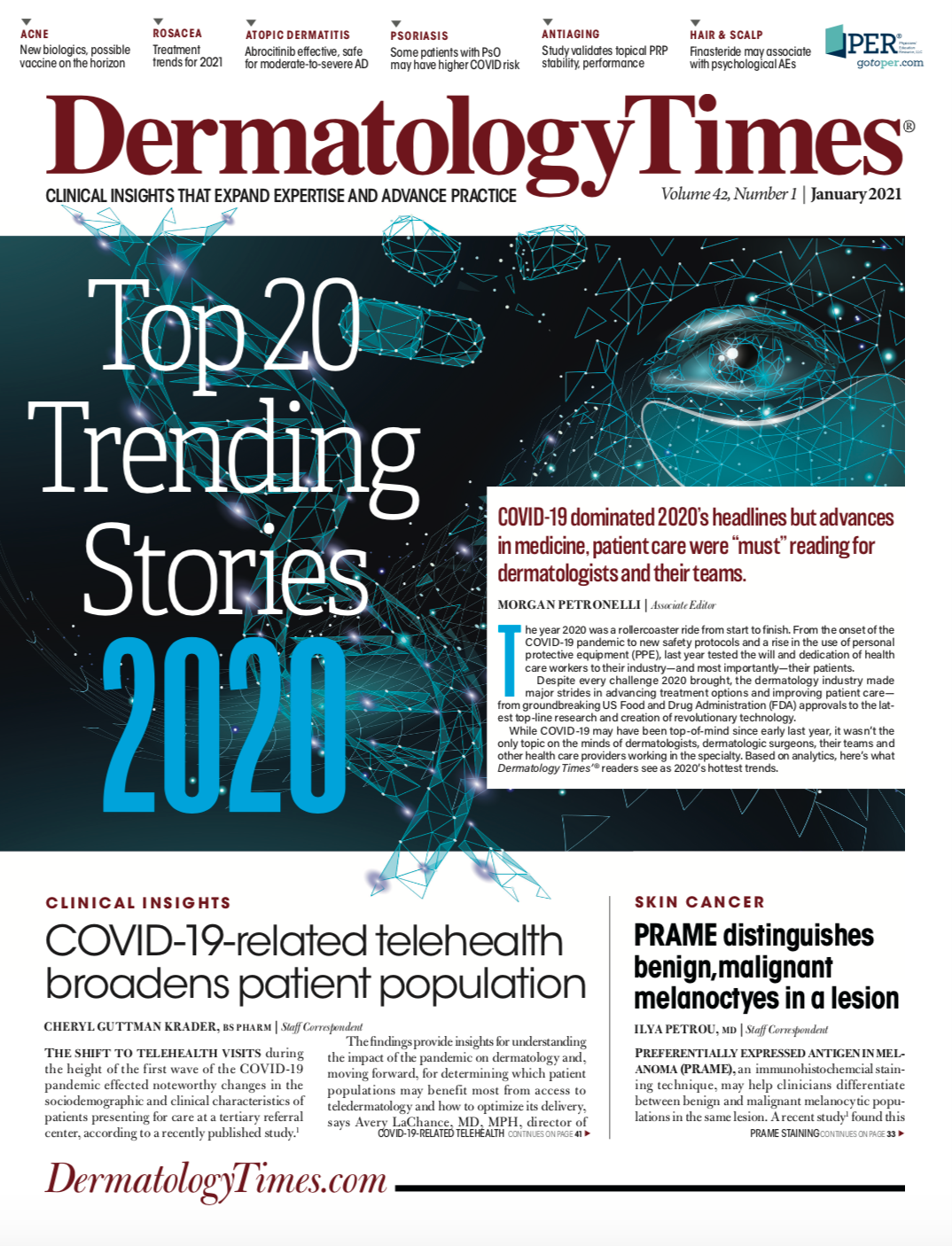
Newsletter
Like what you’re reading? Subscribe to Dermatology Times for weekly updates on therapies, innovations, and real-world practice tips.

